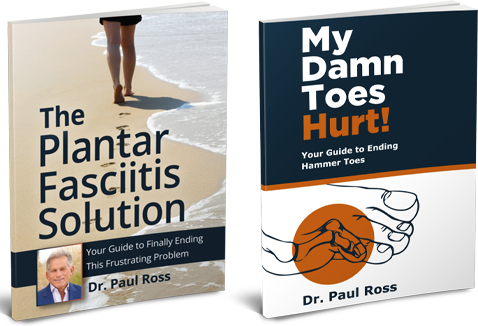 If creaks, pops, and snaps are sounds that apply to your joints rather than your floorboards, you might be wondering if those sounds are cause for concern. Our 5-star Bethesda MD podiatrist can help determine if those sounds are benign or perhaps worth a second look.
If creaks, pops, and snaps are sounds that apply to your joints rather than your floorboards, you might be wondering if those sounds are cause for concern. Our 5-star Bethesda MD podiatrist can help determine if those sounds are benign or perhaps worth a second look.
Do Creaky Joints Mean I Have Arthritis? Bethesda MD Podiatrist Answers
Arthritis has a similar effect on your joints to how rust changes hinges. Opening a rusted door is a more difficult, squeaky task than doing so with a brand new one. Likewise, our Bethesda podiatrist explains that arthritis erodes the smooth, protective barrier of cartilage that keeps bones of joints from rubbing together. Without this layer of cartilage, your bones will rub together, often resulting in wear and tear, discomfort, and snaps and squeaks.
However, just because you have joints that squeak or snap in your ankles or toes does not necessarily mean you have arthritis. These sounds can also be a natural release of gas buildup in the cartilage. Compressed nitrogen bubbles are naturally occurring within joints, and occasional popping can be a result of the release. Other times, though you may not have arthritis, the cartilage barrier once between your joints may not be what it once was. As you grow older, snaps and pops may become more common, but that does not always mean your joints are less functional.
Our Bethesda MD podiatrist says that experiencing occasional creaky joints is a normal occurrence. However, it is a cause for concern when the creaks are accompanied by pain and discomfort. If you are experiencing swelling, redness, or discomfort in a joint contact our podiatrist in Bethesda MD for a consultation.
Bethesda MD Podiatrist Explains Peroneal Subluxation/Dislocation
Peroneal subluxation/dislocation could be another reason for squeaky joints in the ankles. These noises are a consequence of the tendons that support the ankle slipping out of place. This condition occurs most often after an ankle sprain or injury or because of weak fibrous tissue bands or congenital shallow grooves in your bone. You may be able to actively feel your tendons slip if you suffer from peroneal subluxation. Our podiatrist in Bethesda recommends consulting your podiatrist to address this condition. When left untreated, the discomfort can greatly increase.
The information provided in this article is not meant to be medical advice and is for educational purposes only. If you would like to learn more about this and other topics related to podiatry, feel free to contact The Podiatry Center, with a convenient podiatry office location near Bethesda MD, by clicking here or by calling 301.656.6055.

